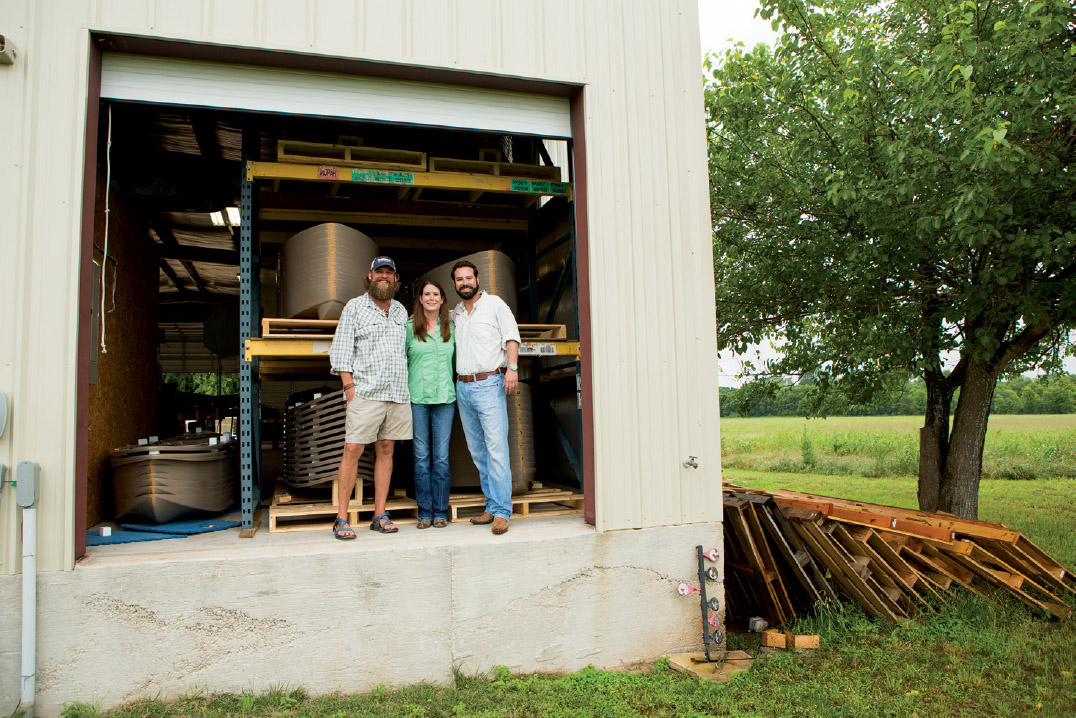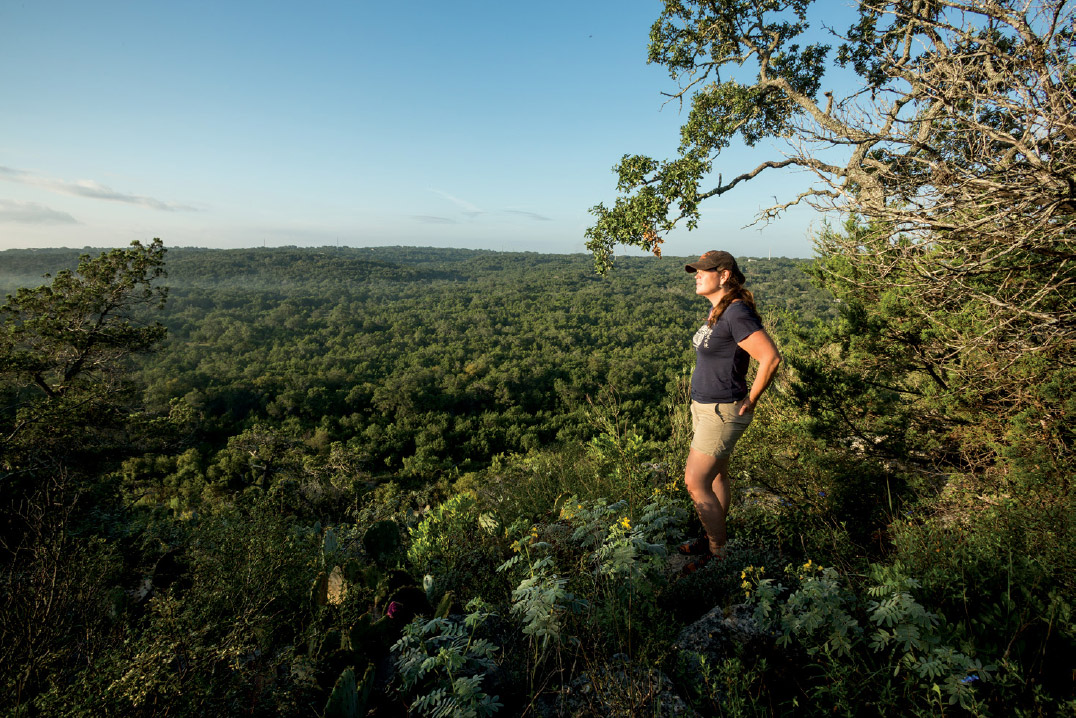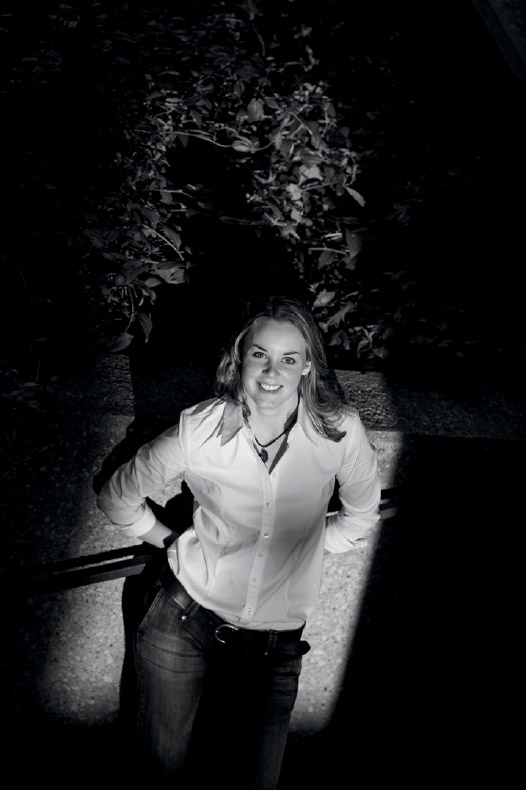25. FRAME YOUR SUBJECT
![]()
POSSIBLY ONE OF the most exciting compositional techniques is using visual structure to surround your portrait subject in a way that directs the viewer’s eye to her. Referred to as framing, this technique is akin to using an actual frame, like a doorframe, to creatively pinpoint the exact spot you want your viewers to look. This is an extremely effective way of composing your portrait subject, and it can have great storytelling appeal.
A frame, like leading lines, can be made up of real frames, such as windows, archways, and doorframes. In many environments, these are readily available frames, and since the human eye is conditioned to seeing them as such, they work perfectly for drawing quick attention to your subject. Frames like this can be large or small, and they’re usually fairly evident to the image viewer (Figure 25.1). They are, after all, literal frames.
Frames can also be constructed within the image based on how it is composed. In other words, frames are often created with just about anything that will surround the subject and push the eye toward him. For example, a tree branch arching over your subject can push the eye directly to her (Figure 25.2). A framing device does not need to be a complete frame, wrapping the subject with some sort of structure. Rather, it can be something that strongly forces the eye to the most important part of the image.
One of my favorite frames to use is not a physical structure at all. Shadow, a sometimes-overlooked frame, forces you to look at the light (Figure 25.3). If you surround your subject with shadow, or place them next to a large amount of it, it makes for a great framing device. Based on exposure values, shadow can drop to deep black and be an effective frame, or it can retain some environmental detail that complements your subject. Either way, you can always look for a way to incorporate shadows in framing your subject.
Framing, like all techniques, is most beneficial when used in conjunction with other compositional elements. For portraits that need some environment, look for leading lines that draw the eye to the device that frames your subject (Figure 25.4). As we’ll discuss a bit later in the chapter, foreground subject matter can also play a role in framing your subject with narrative and environmental information. When considering using multiple compositional techniques together for an image (and you almost always will), the limitations for arranging your image in order to creatively move the viewer’s eye to your subject are reduced.
25.1 When photographing this small kayaking company, I found a nice frame for an environmental portrait in their loading bay door.
ISO 100; 1/100 sec.; f/5.6; 24mm
25.2 The live oak’s overhanging branch served as a nice visual frame for this Nature Conservancy preserve manager.
ISO 200; 1/60 sec.; f/16; 17mm
25.3 When the shadow and light contrasts enough, explore your opportunity to use the darkness as a frame around your lit subject.
ISO 100; 1/100 sec.; f/4; 175mm
25.4 The out-of-focus line in the bottom right of the frame is a great way to move the eye back into the shot, moving you toward the doors framing the subject’s head.
ISO 200; 1/400 sec.; f/2.8; 130mm




